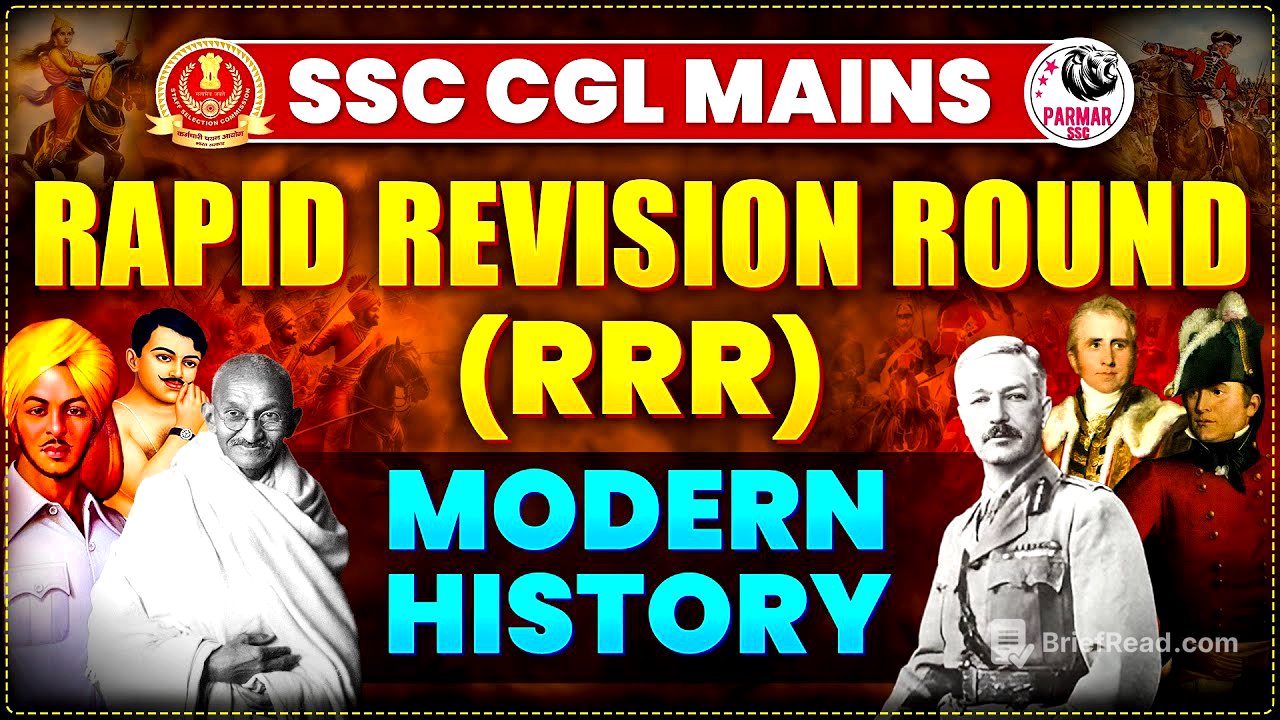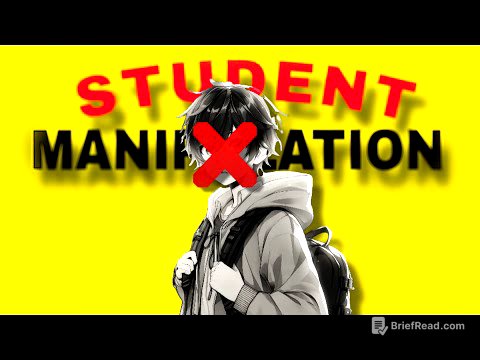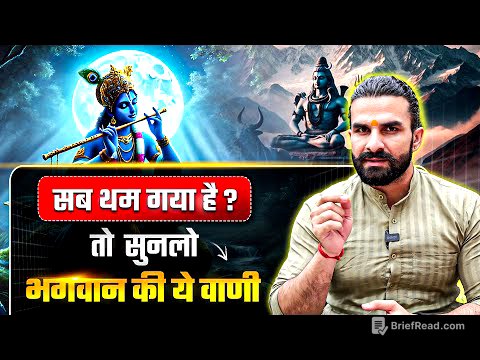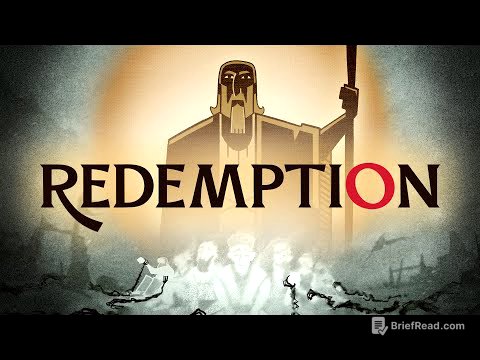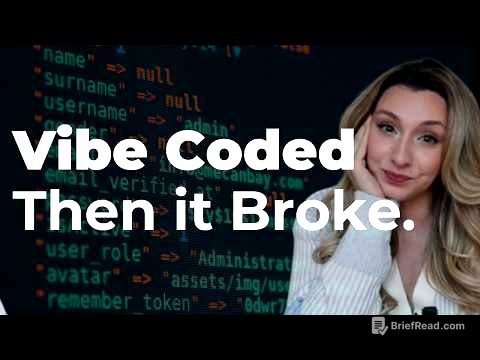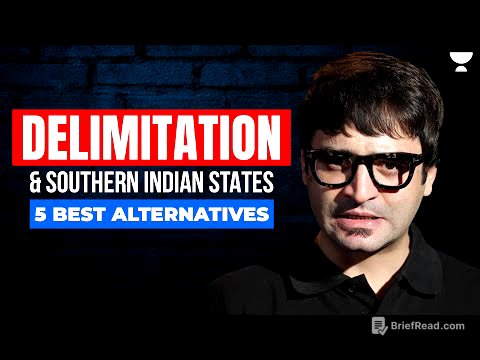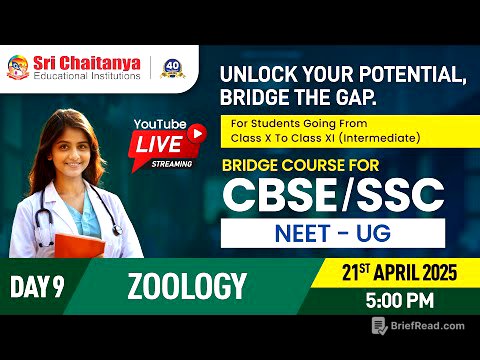TLDR;
Alright, so this video is basically a quick revision of Modern History for exams like SSC. It covers the arrival of Europeans in India, key battles, the rise of the British, social and religious reform movements, and important acts. Key takeaways include timelines of events, important figures, and the impact of British policies.
- Advent of Europeans and establishment of British rule.
- Social and religious reform movements and their leaders.
- Important battles and treaties that shaped British India.
Advento is European [1:18]
The video starts with the arrival of Europeans, mentioning Vasco da Gama's arrival in 1498 and the then ruler Zamorin of Calicut. It then briefly touches upon the Vijayanagar Empire and the governors during that time. The order of arrival is Portuguese, Dutch, British, and French. The British East India Company was established and got the Royal Charter from Queen Elizabeth I. Captain William Hawkins came to Jahangir's court but wasn't successful initially. Thomas Roe later secured permanent trading rights from Jahangir in 1615.
Battles with Dutch and French [3:14]
The Battle of Chinsura (or Bidar/Hooghly) in 1759 saw the British defeating the Dutch. The Carnatic Wars were a series of three wars with the French. The Third Carnatic War included the Battle of Wandiwash in 1760, where the French were defeated, leading to the Treaty of Paris. The British emerged as the dominant power after these wars.
British Expansion and Bengal [4:32]
After Aurangzeb's death in 1707, the Mughal Empire weakened, and provinces like Bengal started asserting independence. Murshid Quli Khan became the first Nawab of Bengal. Farooq, a Mughal ruler, issued the Golden Decree in 1717, allowing the British East India Company to trade freely in Bengal for a mere Rs 3000. This led to conflicts, eventually resulting in the Battle of Plassey.
Battle of Plassey and Buxar [5:54]
Siraj-ud-Daula, the Nawab of Bengal, opposed the British trade terms, leading to the Battle of Plassey. Robert Clive led the British, and Mir Jafar, Siraj-ud-Daula's commander, betrayed him, ensuring British victory. Later, Mir Qasim, Mir Jafar's son-in-law, formed an alliance with Shah Alam II and Shuja-ud-Daula but was defeated in the Battle of Buxar. The Treaty of Allahabad in 1765 established dual control, with civil rights held by the British and law and order managed by the local rulers.
Mysore Wars and Subsidiary Alliance [9:14]
The video then discusses the Anglo-Mysore Wars. Hyder Ali won the first war, which ended with the Treaty of Madras. Tipu Sultan continued the fight after Hyder Ali's death. The Third Mysore War ended with the Treaty of Seringapatam. The Fourth War in 1798-99 resulted in Tipu Sultan's death and the restoration of the Wodeyar Dynasty. Wellesley introduced the Subsidiary Alliance, a system where Indian rulers had to station British troops in their kingdom and accept a British resident.
Awadh, Maratha and Punjab [12:05]
Awadh came under British control in 1801. The Anglo-Maratha wars occurred between 1775 and 1818. In Punjab, Maharaja Ranjit Singh's Sukar Chariya Misl was prominent. The Treaty of Amritsar in 1809 defined the Sutlej River as the boundary between the Sikhs and the British. The Anglo-Sikh wars led to British control over Punjab.
Afghan Wars and Land Reforms [14:32]
The video briefly mentions the Afghan Wars, with the first one in 1839-42 and the second one involving the Treaty of Ganda. It then discusses land reforms: Zamindari (Permanent Settlement) in Bengal, Bihar, and Orissa in 1793, Ryotwari in Madras in 1820, and Mahalwari in the North West Frontier in 1822. Zamindari had a sunset clause. Ryotwari was based on the Ricardian Theory of Rent.
Rebellions and 1857 Revolt [17:27]
Several rebellions are mentioned, including the Paika Rebellion in Orissa in 1817 and the Indigo Revolt in 1859. The video also touches upon the Sanyasi Revolt. The 1857 Revolt's immediate cause was the use of greased cartridges. Mangal Pandey initiated the revolt and was hanged. Key leaders included General Bhakta Khan in Delhi, Begum Hazrat Mahal in Lucknow, Nana Saheb and Tantia Tope in Kanpur, and Rani Lakshmi Bai in Jhansi. The revolt failed due to lack of coordination and leadership.
Aftermath of 1857 Revolt and Social Religious Reform Movements [21:56]
The Government of India Act 1858 abolished the East India Company and established direct crown rule. The Governor-General was made the Viceroy, with Canning becoming the first Viceroy. VD Savarkar called the 1857 revolt the first war of independence. The video then transitions to Social Religious Reform Movements, starting with the Brahmo Samaj, founded by Raja Ram Mohan Roy, who is known as the Father of Indian Renaissance.
Brahmo Samaj and Other Samaj [24:58]
The objectives of the Brahmo Samaj included monotheism and opposing idol worship and evil practices. Other Samaj mentioned include Prarthana Samaj, Satya Shodhak Samaj (founded by Jyotirao Phule), and Arya Samaj (founded by Dayanand Saraswati). The video also discusses the Ramakrishna Mission, founded by Swami Vivekananda, and his famous speech in Chicago in 1893.
Other Movements and Organizations [28:00]
The video mentions the Servants of India Society (founded by Gopal Krishna Gokhale), the Social Service League, the Seva Sadan, the Dev Samaj, and the Indian National Social Conference. It also touches upon the Shuddhi Movement and the Aligarh Movement. The Theosophical Society, founded by HP Blavatsky and MS Olcott, is discussed, with its headquarters later shifted to Adyar, Madras, and Annie Besant becoming its Chairman. The Young Bengal Movement, the Ved Samaj, and the Faraizi Movement are also briefly mentioned.
